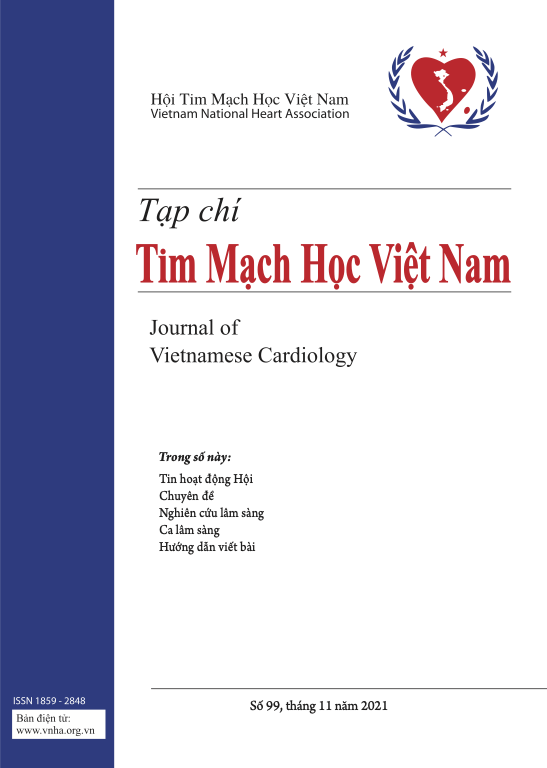Differences in Heparanase levels in lung cancer patients diagnosed with Deep Veinous Thrombosis (DVT) versus non-DVT lung cancer at Dr. M. Djamil Padang General Hospital
Tóm tắt
Background: Heparanase was an enzyme of the β-D-endoglucuronidase type that degraded heparan sulfate. Its activity had implications in the growth of tumor cells, inflammatory responses, tissue remodeling, angiogenesis, and the invasion of cells. Elevated levels of procoagulant heparanase activity were evident in various conditions, including cancer. Malignancies, in general, exhibited a strong correlation with an increased susceptibility to thrombosis and a hypercoagulable state.
Methods: A cross-sectional analytical study conducted at RSUP M. Djamil Padang's IPJT from January to June 2023 focused on lung cancer patients who underwent Vascular Doppler examinations. Researchers assessed heparanase levels in venous blood samples obtained from these patients at the UNAND medical faculty's Biomedical Laboratory.
Results: Statistical analysis revealed that lung cancer patients with Deep Vein Thrombosis (DVT) had significantly higher median heparanase levels (3.598 ng/ml) compared to those without DVT (2.470 ng/ml), with a statistically significant p-value of 0.033. This finding suggests a strong association between elevated heparanase levels and DVT in lung cancer patients. Additionally, the study identified an optimal heparanase level of 2.786 ng/ml as a predictor for DVT occurrence among lung cancer patients. This predictor demonstrated robust sensitivity (71.4%) and specificity (67.7%), along with a commendable AUC value of 69.1% (p = 0.033), indicating its potential for accurately predicting DVT development in this patient group.
Conclusion: The research findings highlighted that heparanase levels were notably higher in the lung cancer group with DVT compared to those without DVT, underscoring statistical significance with a p-value of 0.033 (p< 0.05). Furthermore, an optimal heparanase level of 2.786 ng/ml exhibited the capability to predict the development of DVT in lung cancer patients, boasting favorable sensitivity and specificity rates of 71.4% and 67.7% respectively, alongside a substantial AUC value of 69.1% (p = 0.033).








